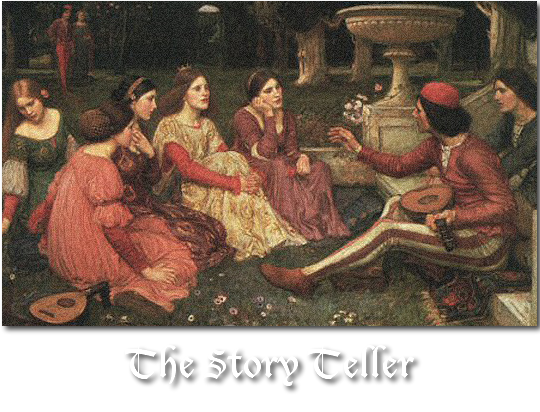Yesterday I saw the blood red moon in a lunar eclipse. An eclipse is a phenomenon that puzzled people for centuries. From demons feasting on the moon to jaguars making it bleed, the stories across cultures are abundant. As a beautiful scientific phenomenon, today I decided to write about what causes a lunar eclipse.
Of course, you can just Google this :P
So if you see this image carefully, you'll notice that as the moon revolves around the Earth, one half is in light and the other half in darkness much like how we experience day and night. However, only a portion of the lit surface is visible to us and that portion is the particular phase. To emphasize, the phases of the moon are not caused by the Earth's shadow on the moon, they are simply the portion of a moon's side that is experiencing day.
Now coming to a lunar eclipse, which on the other hand is caused by the Earth's shadow. Hence, the only possible position where it can occur is on a full moon day. Instead of being completely lit and white, it is in the Earth's shadow. Hence, the sun, the Earth and the moon are in a straight line.
Why does the moon appear red?
Even though the moon is completely in the Earth's shadow, the Earth's atmosphere refracts light. While lower wavelengths get scattered and absorbed, red passes unencumbered onto the moon. I actually saw an orange moon. The conditions vary according to the present composition of dust and clouds and such.
Why isn't every full moon an eclipse?
The circular orbit of the moon around the Earth is only a convenient approximation. In reality, the plane of revolution is inclined at 5 degrees. Also, the Earth is revolving in an elliptical inclined plane to the sun. So, if there is a full moon at the place where these two planes meet, there will be a lunar eclipse.
It seems downright magical that huge bodies of matter are in constant motion driven by gravitational force with predictable precision. Our ancient calendars predicting eclipses were possible only because of the mathematical repeatability of patterns. To witness something different from the ordinary and just look at the stars, you'll forget your worries and dreams for a moment and become one with the cosmos. I hope I could inspire some of the wonder I have for the skies and stars beyond.
Of course, you can just Google this :P
To fully understand how a lunar eclipse occurs, one needs to see how the phases of the moon are formed.
So if you see this image carefully, you'll notice that as the moon revolves around the Earth, one half is in light and the other half in darkness much like how we experience day and night. However, only a portion of the lit surface is visible to us and that portion is the particular phase. To emphasize, the phases of the moon are not caused by the Earth's shadow on the moon, they are simply the portion of a moon's side that is experiencing day.
Now coming to a lunar eclipse, which on the other hand is caused by the Earth's shadow. Hence, the only possible position where it can occur is on a full moon day. Instead of being completely lit and white, it is in the Earth's shadow. Hence, the sun, the Earth and the moon are in a straight line.
Why does the moon appear red?
Even though the moon is completely in the Earth's shadow, the Earth's atmosphere refracts light. While lower wavelengths get scattered and absorbed, red passes unencumbered onto the moon. I actually saw an orange moon. The conditions vary according to the present composition of dust and clouds and such.
Why isn't every full moon an eclipse?
The circular orbit of the moon around the Earth is only a convenient approximation. In reality, the plane of revolution is inclined at 5 degrees. Also, the Earth is revolving in an elliptical inclined plane to the sun. So, if there is a full moon at the place where these two planes meet, there will be a lunar eclipse.
It seems downright magical that huge bodies of matter are in constant motion driven by gravitational force with predictable precision. Our ancient calendars predicting eclipses were possible only because of the mathematical repeatability of patterns. To witness something different from the ordinary and just look at the stars, you'll forget your worries and dreams for a moment and become one with the cosmos. I hope I could inspire some of the wonder I have for the skies and stars beyond.




No comments:
Post a Comment